Soapstone?
eldiablojoe
15 years ago
Related Stories

KITCHEN DESIGNKitchen Counters: Durable, Easy-Clean Soapstone
Give bacteria the boot and say sayonara to stains with this long-lasting material that's a great choice for kitchen and bath countertops
Full Story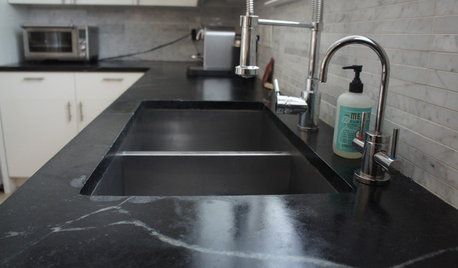
KITCHEN DESIGNSoapstone Counters: A Love Story
Love means accepting — maybe even celebrating — imperfections. See if soapstone’s assets and imperfections will work for you
Full Story
KITCHEN COUNTERTOPS10 Top Backsplashes to Pair With Soapstone Countertops
Simplify your decision-making process by checking out how these styles work with soapstone
Full Story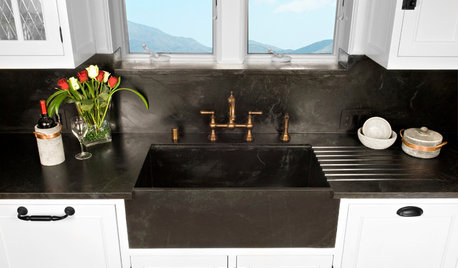
KITCHEN DESIGNKitchen Sinks: Soapstone for Germ-Free Beauty and Durability
Stains and bacteria? Not on soapstone's watch. But this sink material's benefits don't come cheap.
Full Story
MOST POPULARYour Guide to 15 Popular Kitchen Countertop Materials
Get details and costs on top counter materials to help you narrow down the choices for your kitchen
Full Story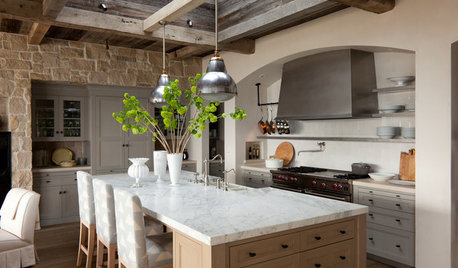
KITCHEN DESIGNHouzz Quiz: What Kitchen Countertop Is Right For You?
The options for kitchen countertops can seem endless. Take our quiz to help you narrow down your selection
Full Story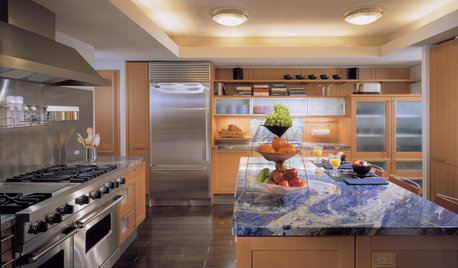
KITCHEN DESIGNAlternatives to Granite Countertops, Part II
Still looking for a new kind of countertop? Try sodalite, zinc, limestone, onyx and more
Full Story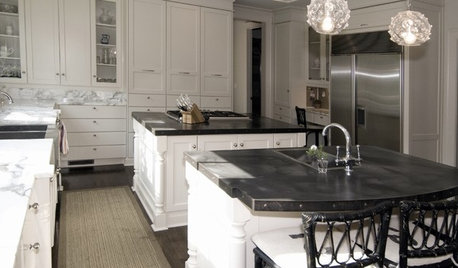
KITCHEN COUNTERTOPSKitchen Countertop Materials: 5 More Great Alternatives to Granite
Get a delightfully different look for your kitchen counters with lesser-known materials for a wide range of budgets
Full Story
HOME TECHIce Cubes Are Obsolete! New Technology Is Way Cooler
Chill drinks the smarter way than using messy old ice, with these new home tech solutions
Full Story




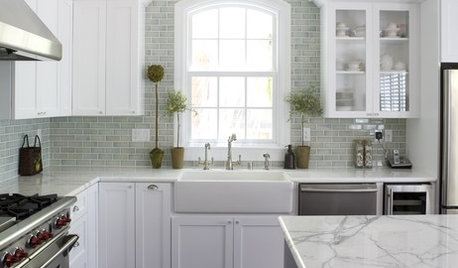


caryscott
yoyoma
Related Discussions
Soapstone experts: Gap between soapstone and wall?
Q
Countertop Help Soapstone and Wood or just Soapstone
Q
Buying soapstone sink & soapstone countertops at different times?
Q
New Jersey Soapstone People-can I see your soapstone inperson?
Q
oruboris
nomorebluekitchen
caryscott
nomorebluekitchen
nomorebluekitchen
nomorebluekitchen
nomorebluekitchen
segbrown
davidro1
sergeantcuff
caryscott
lightlystarched
danielle00
eldiablojoeOriginal Author
danielle00
sewcan
sarahandbray
Kelli Tucker Campbell
laxsupermom
berf
joe21
hull-o